Peer Review in Feedback Fruits
Feedback Fruits provides a series of assessment and learning tools which are integrated in Moodle. This service is provided to staff in a pilot that runs until the end of June 2024, and the main tool in use is the Peer Review activity, which provides students with the ability to assess the work of their peers. Initial feedback from students has identified that the tool is easy to use but that sometimes it is the peer review process itself that is a little problematic for them. This post aims to highlight some key considerations for effective peer assessment activities.
What is peer assessment?
Peer assessment (sometimes referred to as peer review or peer feedback) can be a useful tool to help students critically compare their knowledge and understanding with that of their peers. It provides a structure for them to reflect on the quality of their own work, what they have learned, and how to improve, by immersing themselves in the diverse ideas and approaches of their peer group.
It is a process where students act as critical friends and support each other in evaluating their work. In order to make any judgements, students must have grasped the learning and the standards of work expected of them. Through peer (and self) assessment, students can take more responsibility for their own learning.
How can peer assessment enhance learning?
The peer assessment process can help individuals to:
- Assess their own progress and potential areas for improvement, providing opportunities for deep learning (Race, 2001).
- Clarify learning objectives and ways they can be achieved i.e. develop assessment literacy, (Smith et al, 2013)
- Learn how to comment productively on the quality of work i.e. develop feedback literacy (Carless and Boud, 2018)
- Plan revision to fill any perceived gaps in their learning i.e. learning from the successes or mistakes of other students (Race, 2001).
- Develop valuable employability skills (Cassidy, 2006).
Within a cohort, peer assessment can help foster respect and collaboration, although students may need convincing of this if they lack experience of such activities. It can also be beneficial for the tutor as it frees up time to concentrate on what is not known, rather than what is.
Considerations when setting up a peer assessment activity
When preparing for an activity involving peer, or self, assessment, there are some key steps to consider. These can ensure that students understand the value to them of participating in peer review, in that effective feedback can come from a variety of sources, not just the tutor.
- Creating an atmosphere of trust encourages students to provide constructive feedback. Students may need examples of what being a critical friend looks like.
- Developing clear assessment criteria, based on appropriate learning objectives, will provide focus for student feedback. The criteria for success must be fully transparent.
- Selecting activities that are suitable for students to review, e.g. where they can use model answers or rubrics as a comparison to make judgements.
- Providing explicit instructions so students know exactly what they are expected to do. Assessing peers may not come naturally and will require guidance and practice.
- Providing enough time for peer review feedback to be received, absorbed and reflected on, before moving on. This is especially true if the peer review relates to future assessment, as students will need time to adapt their thinking according to the feedback they receive. Rushing peer assessment activities may have a negative impact.
- Plan follow up activities to encourage students to review their peer feedback objectively, to ask questions on points that they do not understand and to contribute ideas and opinions to a ‘reflection’ on the peer review experience.
To explore examples of peer assessment activity you can follow the links below.
- Peer assessment using the Moodle workshop (University of Bath)
- Formative assessment in first-year mathematics through peer review and reflection (Queens’ University Belfast)
- Student peer assessment – video case study (University of Cardiff)
If you would like to some advice or support with planning peer assessment activities, please contact the CLT.
Carless, D. & Boud, D., 2018.The development of student feedback literacy: enabling uptake of feedback. Assessment & Evaluation in Higher Education, 43:8, 1315-1325
Cassidy, S., 2006. Developing employability skills: peer assessment in higher education. Education + Training, Vol. 48 No. 7, pp. 508-517. https://doi.org/10.1108/00400910610705890
Race, P., 2001. The Lecturer's Toolkit. London. Kogan Page, pp. 94-95.
Smith, C., Worsfold, K., Davies, L., Fisher, R. and McPhail, R., 2013. Assessment literacy and student learning: the case for explicitly developing students ‘assessment literacy’. Assessment & Evaluation in Higher Education, 38(1), 44-60. DOI: 10.1080/02602938.2011.598636
Respond

